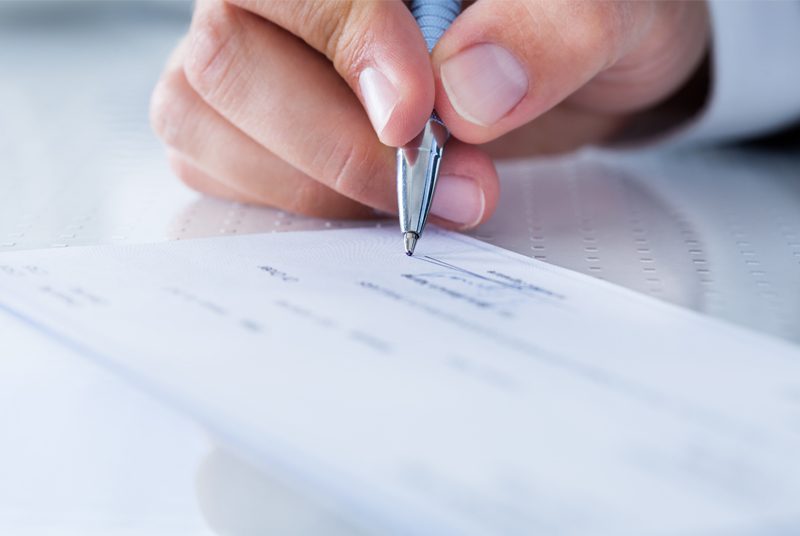Security
How To Identify Check Fraud
Fake checks come in many forms – you could receive a fraudulent check or your account information could be used to create fraudulent checks. Understanding how check processing works and how to keep your information secure can help safeguard you from this type of activity.
Check fraud can come in a variety of forms:
Counterfeit Checks: Checks that are created to appear authentic, but are not.
Altered Checks: Changing the check information such as who the check was made payable to, the amount, or date.
Forgery: Signing a check as if you are the authorized individual.
COMMON TYPES OF CHECK FRAUD
Lottery Scam: You receive a check in the mail with a letter notifying you that you won a prize in a local lottery. You are told to deposit the check that is included, but due to processing fees, you must send a portion of the funds back to the sender. This type of scam is generally associated with counterfeit checks.
Mail Fraud: Groups of individuals target unsecured mailboxes to intercept sensitive banking information and checks. If they can obtain banking information, they can create counterfeit checks. If they can intercept checks, they are then able to alter the checks by changing the amount and who the check was made payable to.
CHECK PROCESSING TIME FRAMES
When you deposit a check, the funds are usually available to you days before the check is fully processed and able to be identified as valid or fraudulent. If you deposit a check and send a portion of the funds back to the sender, a couple of days later you may be notified the check was fraudulent and is being returned. Now you are responsible for the difference in funds that you have already used from that fraudulent check.
TIPS TO PROTECT YOUR ACCOUNTS:
- Monitor account activity often, daily if possible, using:
- Online Banking
- Mobile App
- Paper Statements
- Keep your banking information secure and provide only to trusted parties
- Keep checkbook(s) in a secure location
- Only accept payment by check for the requested amount and do not accept over payment on checks
- Use a secured mailbox, P.O. Box, in office delivery, or other secure mail options when dealing with financial documentation
- Be aware of scams
- For businesses, consider using Positive Pay to help monitor your account activity






